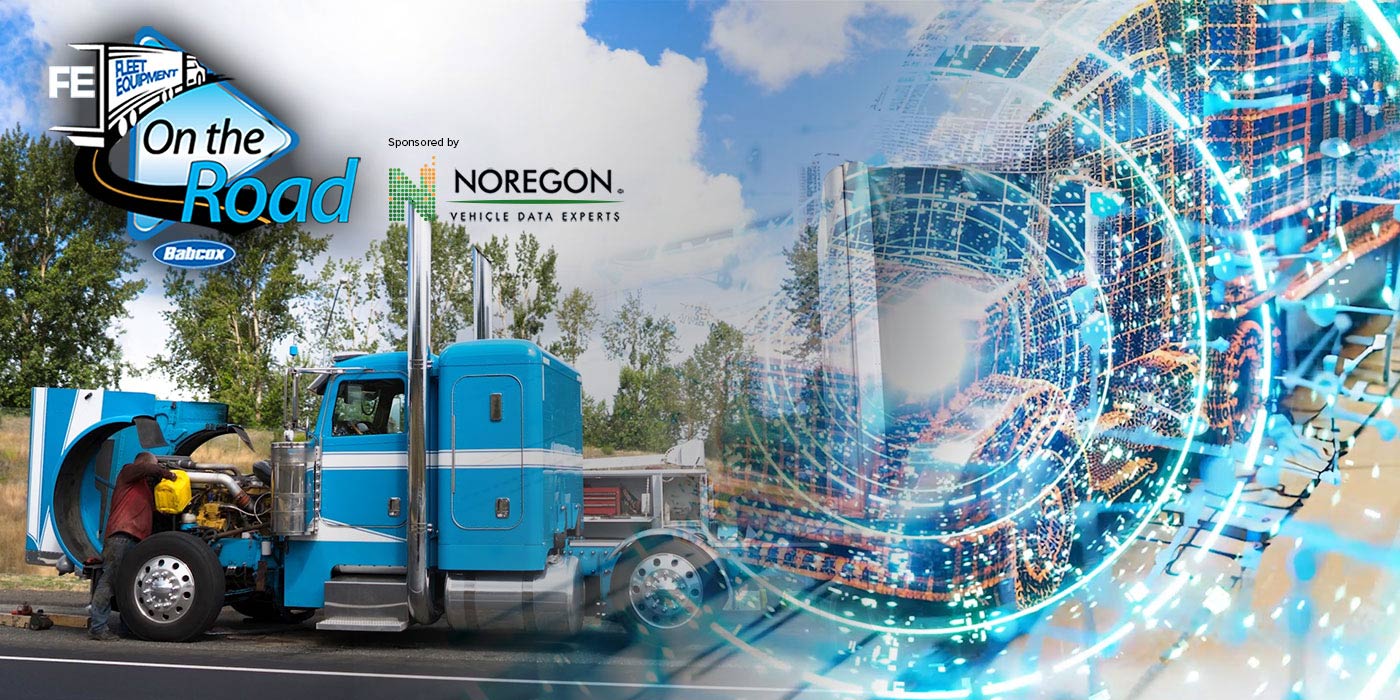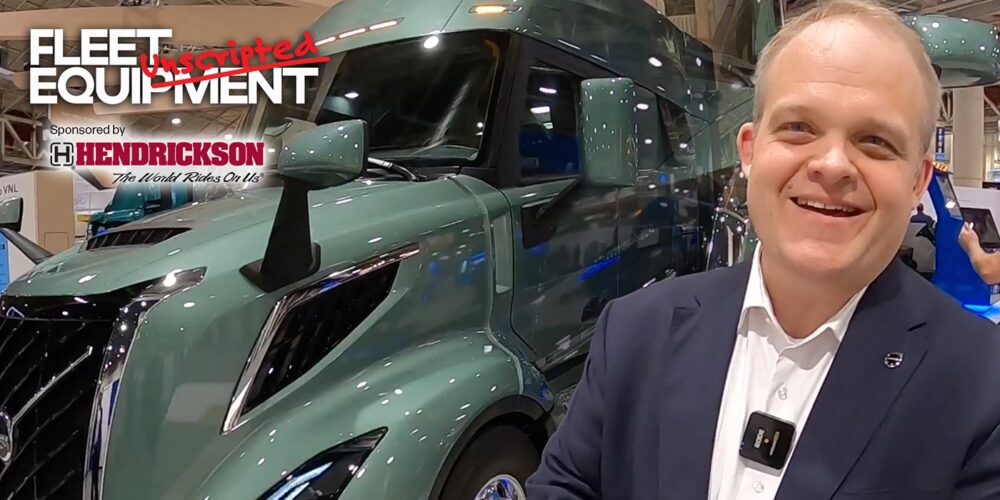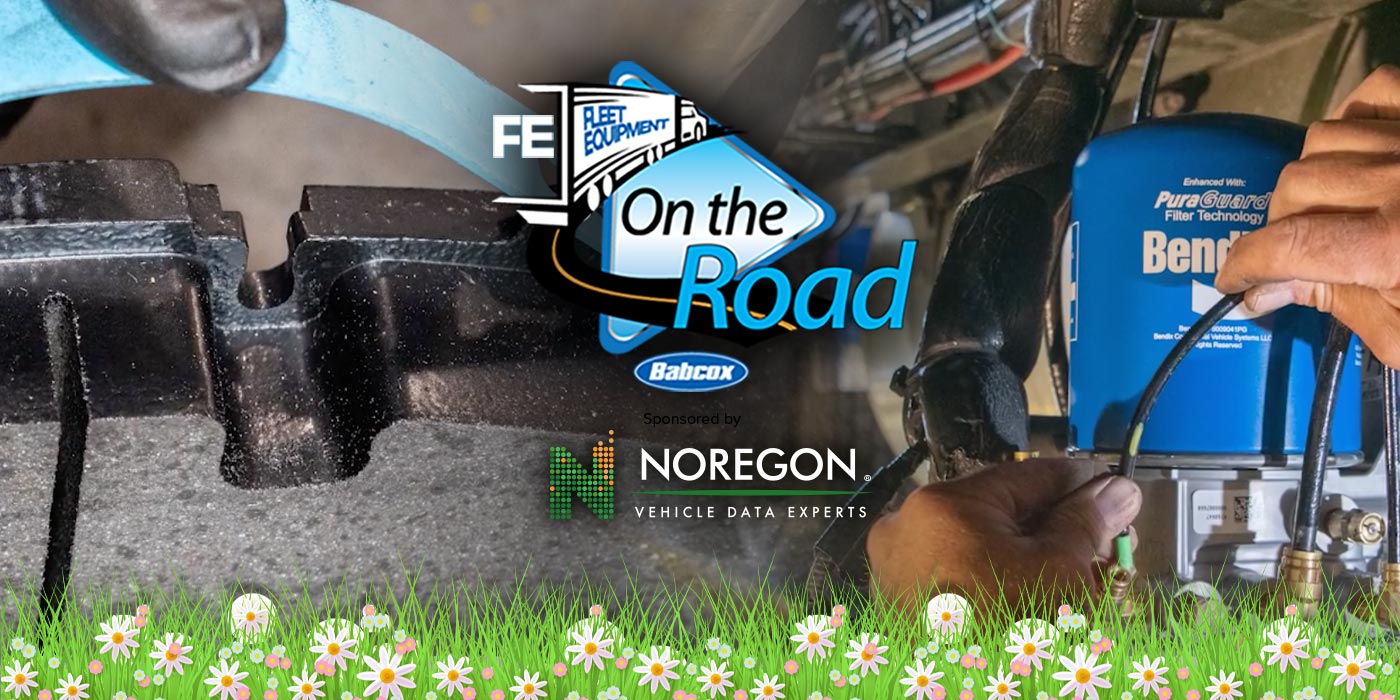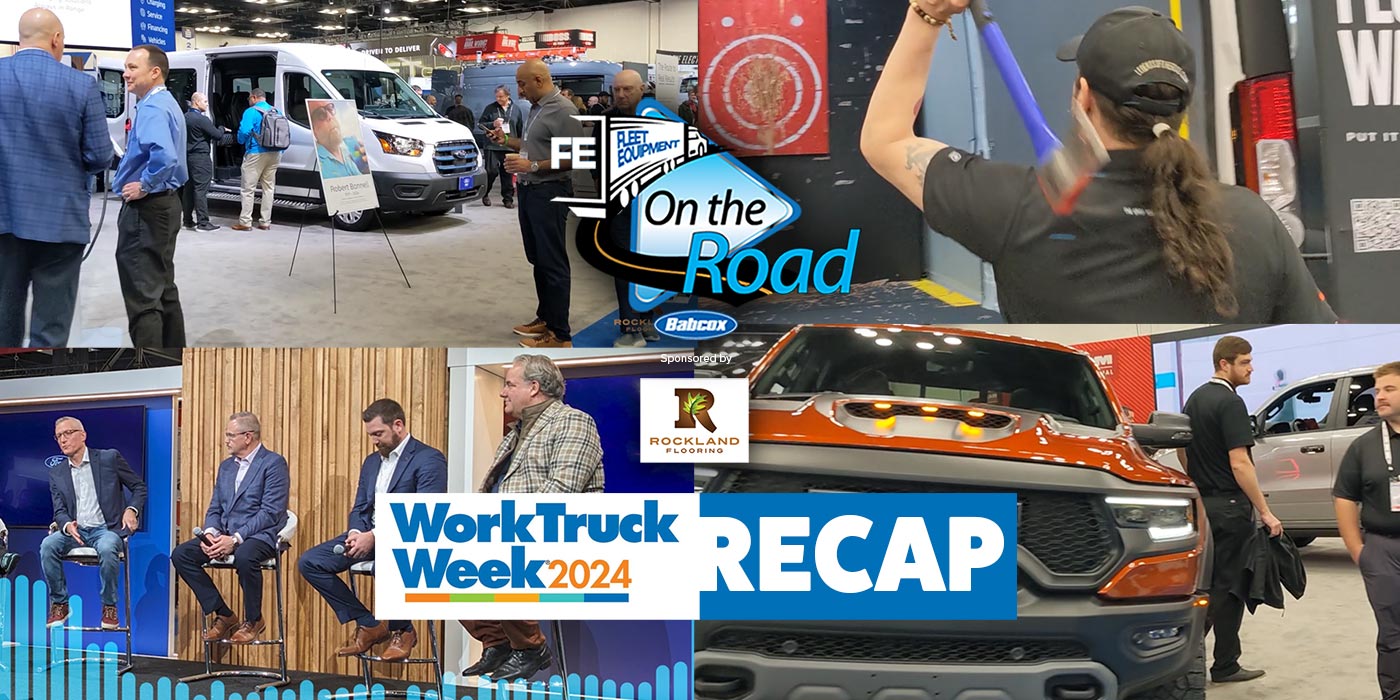You’ll find compounding in every truck tire; it’s this blending of chemicals and other ingredients that affects nearly every aspect of how your trucks’ tires perform—especially when it comes to fuel economy.
Click here to watch more of FE’s On the Road video series.
Here is a transcript of the video:
Today, we’re talking rubber compounding. Believe it or not, more than the tread, more than the casing, the biggest contributor to decreased rolling resistance and better fuel economy is in compounding.
It’s what helps give tires their flex – or stiffness – and rebound. Compounding allows the tire to deflect energy from the tire—just like the Super Ball has compounding that allows it to bounce higher than the standard rubber ball. So, if the Super Ball was a tire, it would deflect off the road and provide reduced rolling resistance.
Now, I’m not saying tire engineers will get much use out of using the Super Ball rubber formula for their next truck tire, but if you’re an engineer and you do, please play nice and hit me up for a cut. But, it does show us that manufacturers can manipulate all kinds of tire attributes by taking note of the qualities of different compounds.
You can’t depend on compounding to do everything, though; I mean, there is a reason your truck tires probably came with a tread pattern. In the end, tire manufacturers have to determine the right balance of compounding, tread pattern and tire construction to acquire the right technical balance for all aspects of a tire’s performance for the right application.
For example, to try to achieve the lowest cost per tire mile, long haul tires require a unique tread pattern, rubber compounding and casing design for maximum tire fuel efficiency and optimum tread miles. Vocational or regional application tires require a tread pattern and tread compounding that will withstand the rigors of an inner-city stop-and-go environment, all while being capable of some highway use.
As another example, tires specifically built for the waste and construction industry are designed with tread patterns, compounding and casing design built for mostly lower overall speeds and on-off pavement use. These tires have a more open tread pattern, a more pliant casing and a denser rubber compound in the tread.













